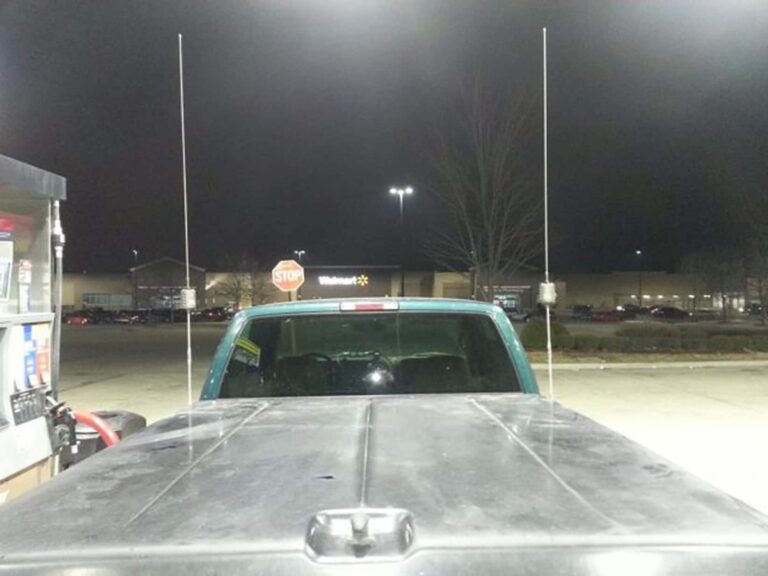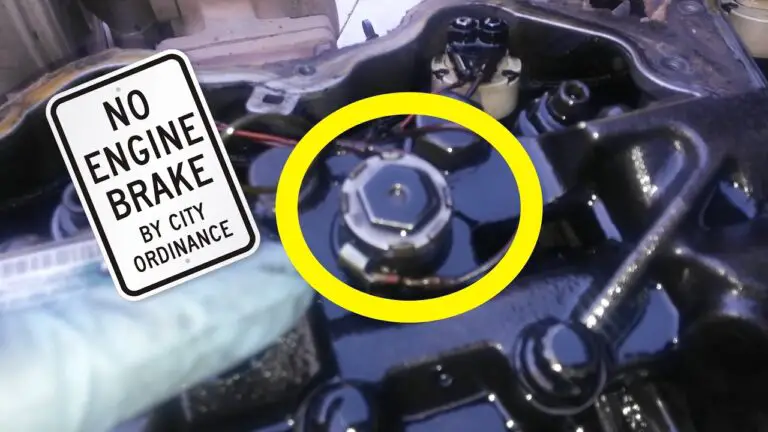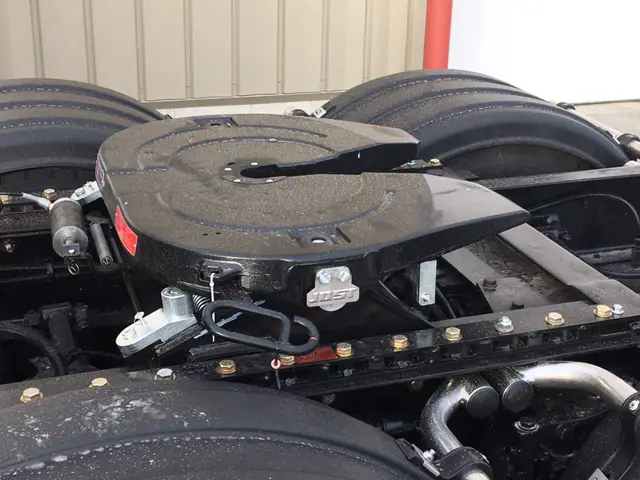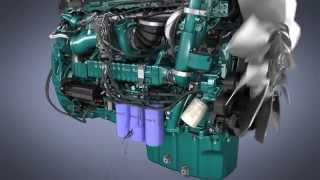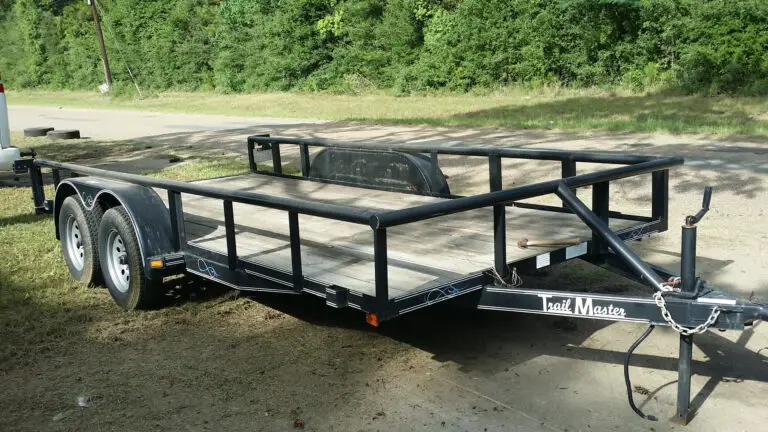Personal conveyance can be used after 14 hours, as long as the driver is relieved from work duties and responsibilities. It is allowed even if the CMV is laden, as long as the load is not for commercial benefit at that time.
Personal conveyance has no limit on hours or miles, but drivers must rest adequately before resuming driving duties. Understanding the regulations around personal conveyance is crucial for commercial motor vehicle (CMV) drivers to ensure they comply with Federal Motor Carrier Safety Administration (FMCSA) guidelines.
Personal conveyance allows drivers to use their vehicle for personal purposes once they have completed their work tasks and responsibilities. However, there are specific rules and limitations regarding when and how personal conveyance can be utilized to ensure safety and compliance with hours of service regulations. In this guide, we will delve into the intricacies of personal conveyance rules, including when it can be used after 14 hours and the best practices to follow for a seamless experience.

Credit: www.mysafetymanager.com
Navigate As You Want: [show]
Understanding Personal Conveyance
Personal Conveyance is defined by the Federal Motor Carrier Safety Administration (FMCSA) as the operation of a commercial motor vehicle (CMV) for personal use while off-duty. According to the FMCSA, drivers can use personal conveyance once relieved from all work and responsibilities. This includes using the CMV for personal errands or to travel between a lodging facility and personal destination.
Drivers should note that they are only permitted to use personal conveyance when not carrying a work-related load. The load being transported should not be for the commercial benefit of the carrier at that specific time. Importantly, there are no specific restrictions on the number of hours or distance a driver may travel using personal conveyance.
Rules And Regulations
According to the FMCSA, drivers are permitted to use personal conveyance after being relieved from all work and responsibilities. However, the commercial vehicle can only be used for personal travel as long as it is not being utilized for the carrier’s commercial benefit at that specific time.
| Limitations on Distance and Time: |
| There is no maximum distance or time for personal conveyance use. |
| Off-duty drivers must ensure they rest adequately before resuming driving duties. |
| Restrictions on Commercial Benefit: |
| Personal conveyance is allowed only when not for the commercial benefit of the carrier. |
| It can be used for personal purposes after being relieved from all work and obligations. |
Guidelines For Using Personal Conveyance
The FMCSA allows drivers to use personal conveyance once relieved from work and responsibilities, even after 14 hours. There are no set limits on time or distance, but drivers must ensure proper rest before returning to driving duties to comply with the guidelines.
| Guidelines for Using Personal Conveyance: |
| Off-Duty Requirement: According to FMCSA, drivers can utilize personal conveyance after all work obligations are completed. |
| Importance of Adequate Rest: Drivers must ensure they have sufficient rest before engaging in personal conveyance. |
Credit: helpcenter.gomotive.com
Common Misconceptions
In the trucking industry, there is a common misconception surrounding the use of personal conveyance. One of the misconceptions is that there is no limit on hours or miles when utilizing personal conveyance. However, it’s important to note that differentiating from other exceptions, personal conveyance does not have restrictions on the number of hours or miles a driver can operate under this status. This means that as long as the driver is off-duty and meets the criteria for personal conveyance, there are no specific limitations concerning time or distance.
Enforcement And Penalties
After 14 hours, using personal conveyance is allowed as long as the driver is off-duty. The Commercial Motor Vehicle can be utilized for personal use when carrying a work-related load, not for commercial gain. Rules and regulations must be adhered to during personal conveyance to avoid penalties.
| Enforcement and Penalties |
| Potential Violations |
| According to the FMCSA, drivers may use personal conveyance once they’re relieved from all work and responsibilities. The CMV can be used for personal conveyance when laden (carrying a work-related load), as long as the load isn’t being transported for the commercial benefit of the carrier at that specific time. Drivers can only use personal conveyance when off-duty. There is no limit to the number of hours or miles that a driver may use personal conveyance. However, off-duty drivers must get adequate rest before returning to driving. |
| The enforcement and penalties for non-compliance with personal conveyance rules can vary. If a driver is found to be in violation, consequences may include fines, penalties, or even suspension of their commercial driver’s license (CDL). It is essential for drivers to understand and follow the rules and regulations regarding personal conveyance to avoid potential violations and serious consequences. |

Credit: gomotive.com
Frequently Asked Questions For Can You Use Personal Conveyance After 14 Hours
Does Personal Conveyance Count Against 14-hour Clock?
Personal conveyance does not count against the 14-hour clock if the driver is off-duty and relieved from all work.
What Happens If I Go Over My 14-hour Clock?
If you exceed your 14-hour clock, you could face penalties and fines for violating hours-of-service regulations.
How Do You Extend The 14-hour Rule?
To extend the 14-hour rule, drivers can use personal conveyance when they are off-duty and relieved from work and responsibilities. There are no limits on the number of hours or miles that can be driven during personal conveyance. However, drivers must ensure they have adequate rest before returning to driving.
This information is provided by the Federal Motor Carrier Safety Administration (FMCSA).
When Can You Use Pc?
Personal conveyance can be used by drivers once they’re relieved from work. It can be used when the vehicle is loaded, as long as it’s not for the carrier’s commercial benefit at that time. There is no maximum distance or time limit for personal conveyance.
Conclusion
Personal conveyance after 14 hours is allowed by the FMCSA regulations. It is essential to understand the guidelines and use this tool responsibly to maintain safety and compliance. With the right knowledge and adherence to the rules, drivers can utilize personal conveyance effectively within the set guidelines.
